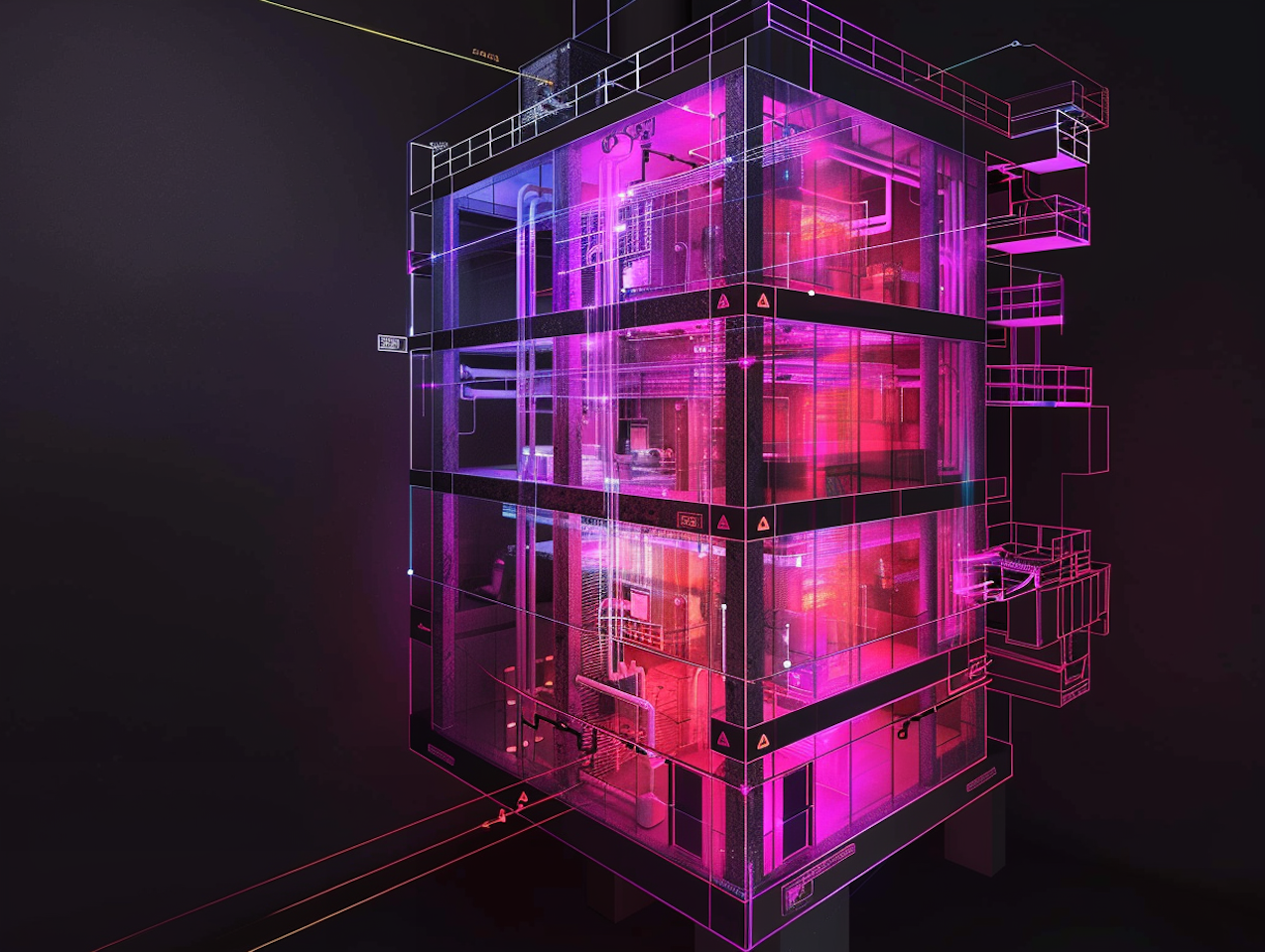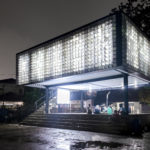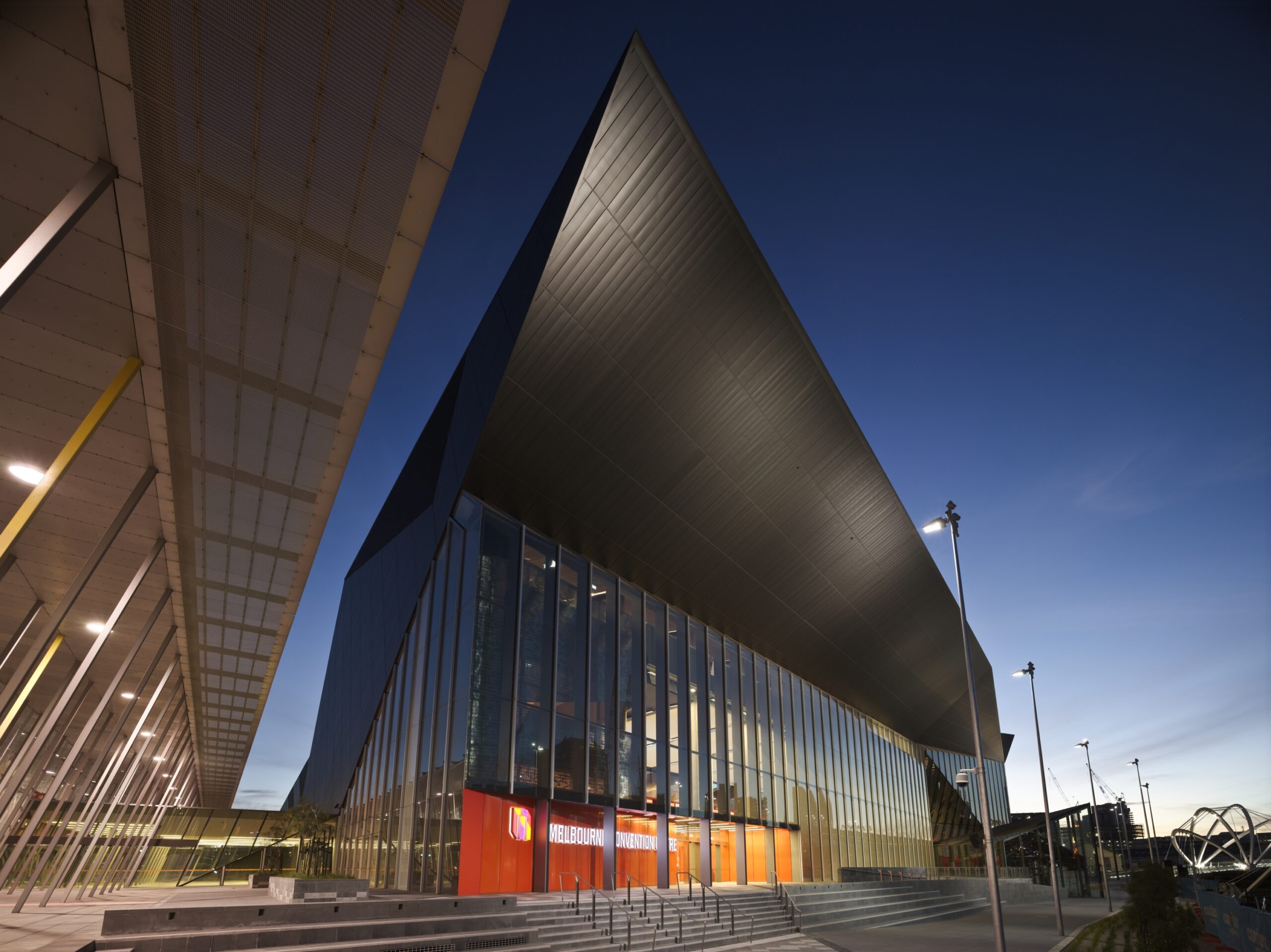Architizer’s Tech Directory is a database of tech tools for architects — from the latest generative design and AI to rendering and visualization, 3D modeling, project management and many more. Explore the complete library of categories here.
As we venture further into the 21st century, a new frontier is emerging: one where artificial intelligence (AI) and cognitive computing principles are transforming the fabric of our built environment. AI technology has revealed techniques such as generative design, simulation and optimization through the use of algorithms and machine learning systems. Analyzing, for example, vast datasets to inform decisions related to building orientation, material selection, or energy performance has resulted in groundbreaking architectural solutions during the past decade.
What is the difference between AI tools and cognitive computing systems?
AI refers to the simulation of human intelligence processes by machines, which encompasses learning, reasoning and self-correction. On the other hand, cognitive computing operates in a slightly different — more spontaneous — logic. It focuses on mimicking how the human brain works, emphasizing natural language processing, pattern recognition and contextual understanding. Unlike traditional AI approaches, which rely heavily on predefined rules and algorithms, cognitive computing systems are designed to simulate human thoughts, including reasoning, learning and problem-solving, in a more natural and intuitive manner.
In the last few years, countless AI tools have been developed to analyze quantifiable and measured conditions such as temperature, light metrics, airflow, and even building codes and regulations. However, the power of cognitive computing lies in its ability to understand and interpret unstructured data, such as text, images and audio, as well as being able to adapt to specific contexts. This involves techniques such as natural language processing (NLP), which enables computers to understand and generate human language, and computer vision, which allows machines to interpret and analyze visual information.
In the context of architectural design, a great example of such a technology is the Munich-based building that houses IBM’s Watson IoT division, which focuses on developing and implementing IoT (Internet of Things) solutions for various industries. The building is equipped with a sophisticated network of sensors and IoT devices that collect data on various environmental parameters, including temperature, humidity, air quality and occupancy.
This data is continuously fed into IBM’s Watson cognitive computing platform, which employs advanced analytics and machine learning algorithms to derive insights and make informed decisions in real-time. For instance, the building’s HVAC (heating, ventilation and air conditioning) system can be dynamically adjusted based on occupancy levels and environmental factors, ensuring optimal comfort and energy efficiency throughout the day. Extending beyond environmental control, the building’s lighting system can adjust its color and intensity based on individual preferences. Finally, the cognitive computing platform can identify potential future issues, enabling proactive maintenance.
Still, cognitive computing is a tool that can be employed not only for post-construction projects but also during the conceptual design stage. One of the key advantages of this system is its ability to handle ambiguity and uncertainty, which are common in real-world scenarios. By incorporating probabilistic reasoning and pattern recognition techniques, cognitive computing systems can make informed decisions even when faced with incomplete or conflicting information. The Autodesk Generative Design Pavilion serves as a demonstration of such technology.
Sean Ahlquist, professor in architecture at the University of Michigan and the principal material researcher of the project stated:
“Computational design is about design exploration. It gives us the ability to explore the many variations that are possible within certain concepts.”
The project uses predictive algorithms combined with generative design to construct a series of design iterations for the pavilion. The challenge lies in the highly irregular way the materials chosen for the structure (stone and textiles) are used. Stone is cut in extremely thin sculptural podiums that support an innovative, tactile fabric that stretches down from the canopy above. Unlike traditional design processes, which rely heavily on manual exploration and iteration, this generative design approach enabled architects and engineers to explore a much wider array of possibilities, fine-tune design parameters, evaluate design options and iterate rapidly structural solutions.
Projects such as the Autodesk Design Pavilion and the IBM Watson IoT Headquarter push the boundaries of architecture by redefining material properties, exceeding performance requirements and adapting to changing conditions in real-time, thus demonstrating the transformative potential of cognitive computing in architectural design. Admittedly, architecture was always viewed as static; a building was considered “successful” when it was designed to last through time. However, emerging technologies have allowed architectural designs to become more interactive not only with the people directly experiencing the space but also with the wider environmental, social and even historical contexts in which they are situated.
Architizer’s Tech Directory is a database of tech tools for architects — from the latest generative design and AI to rendering and visualization, 3D modeling, project management and many more. Explore the complete library of categories here.










